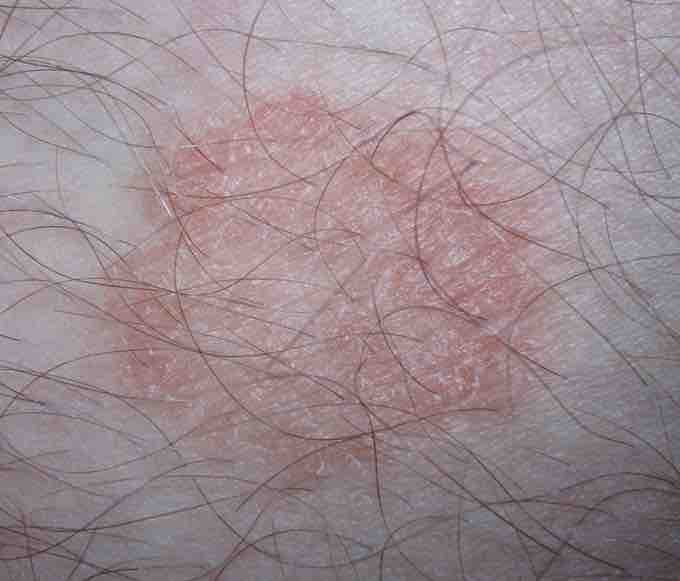The field of mycology deals with the study of fungi and has resulted in the identification of over 60,000 species of fungi. Fungi are classified as eukaryotic organisms which are primarily classified based on spore production. The classification and identification of a species of fungi by spore class, in combination with the basic biological mechanism(s) it uses to sustain life, is key in developing anti-fungal drugs.
The development of antifungal drugs focuses on the classes of mycotic diseases for which fungi are responsible. These classes include hypersensitivity—allergic reactions based on the presence of mold and spores; mycotoxicoses—diseases based on the presence of fungi that produce toxins in animal feed and human food products; mycetismus—mushroom poisoning; and lastly, mycoses—characterized by infection.
Disease-causing fungi are targeted and then drug classes are classified based on drug structure or mechanism. Some of the major classes of antifungal medication include polyene antifungals, azole antifungals, allylamines, and echinocandins. It is important to note that antifungal drugs are not limited to these classes, as there are additional drugs capable of targeting fungi that do not fall into these categories.
Polyene Antifungals
Polyene antifungals are characterized by the presence of multiple conjugated double bonds in the drug structure. This specific antifungal drug class targets the fungal cell membrane. The target sterol is ergosterol, which is specific to fungi cell membranes; in animal cell membranes cholesterol is the key sterol. The fungal cell membrane becomes leaky, resulting in movement of essential cellular contents, such as organic molecules and ions, out of the cell. Amphotericin B is an example of a polyene antifungal; it is selective for ergosterol and can be used as a broad spectrum drug administered intravenously.
Azole Antifungals
Azole antifungals are characterized by the ability to inhibit ergosterol synthesis in fungal membranes. The biosynthesis of ergosterol requires the enzyme lanosterol 14 α-demethylase. This enzyme is needed to convert lanosterol to ergosterol. Targeting this enzyme prevents ergosterol production. Thus, the fungal membrane structure is depleted of ergosterol and the fungus dies. The various types of azole classified drugs include imidazole, triazole and thiazole antifungals. Azole drugs are broad-spectrum drugs and treat fungal infections of the skin or mouth. An example of an azole drug is Clotrimazole, commonly used to treat athlete's foot, ringworm , vaginal yeast infections, and oral thrush.

Ringworm
Ringworm on a human leg.
Allylamine Antifungals
Allylamine antifungals are characterized by the ability to inhibit fungal squalene metabolism. The biosynthesis of ergosterol requires an enzyme called squalene peroxidase. Squalene peroxidase is responsible for catalyzing the first step in ergosterol biosynthesis; inhibition of this enzyme results in disruption of ergosterol synthesis. The inhibition of squalene metabolism is toxic to the fungi because of the buildup of squalene and the inhibition of ergosterol synthesis. An example of an allylamine drug is Terbinafine, which is commonly used to treat fungal skin infections.
Echinocandin Antifungals
Echinocandins are characterized by their ability to inhibit synthesis of a key component of the fungal cell wall, while previously discussed drugs target the fungal cell membrane. Cell wall synthesis requires the production of glucan by the enzyme 1,3-β glucan synthase. Echinocandins specifically inhibit glucan synthesis by targeting that enzyme. This class of drug is most effective when administered by injection, as it is poorly absorbed when administered orally. Echinocandin injection allows the drug to treat a systemic infection of the sort typically seen in immunocompromised patients. An example of an echinocandin based drug is Caspofungin. Caspofungin blocks cell-wall synthesis by disrupting glucan synthesis; it can target invasive candidiasis and aspergillus.
Additional Antifungal Drugs
The major classes of antifungal drugs are discussed above are not the only drugs capable of effectively targeting fungi. The emergence of alternative medicine as a hot field of research has also increased the list of available antifungal compounds. For example, numerous compounds and essential oils found in nature have been found to have antifungal properties that could be utilized for treatment. Examples of these include coconut oil, orange oil, olive leaf, and zinc.
The identification of additional antifungal compounds is key to the development of drugs that can replace existing drugs to which fungi have developed resistance. The discovery process for effective and fungi-specific drugs is enduring and laborious, as the drugs must be specific for fungi cells. However, with the expansion of molecular studies in fungal organisms, the opportunity to identify novel and fungal specific mechanisms will allow for the development of new drugs .